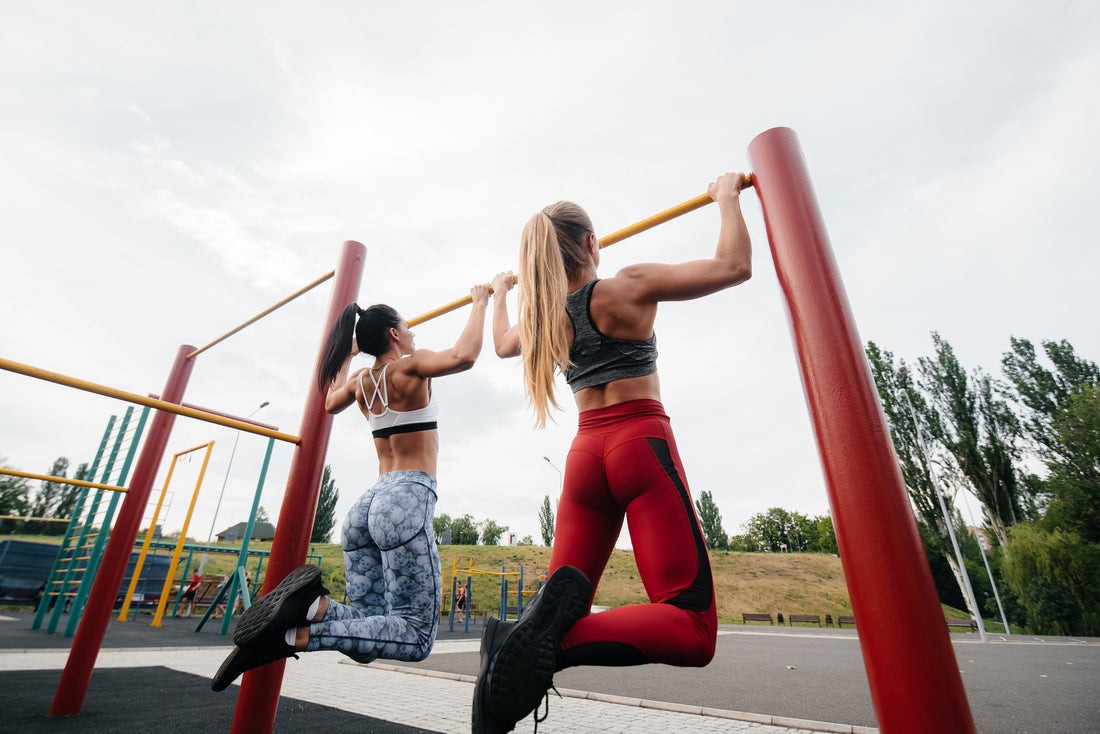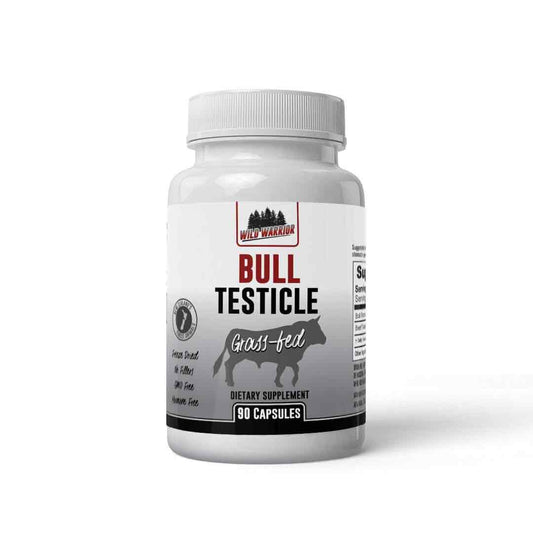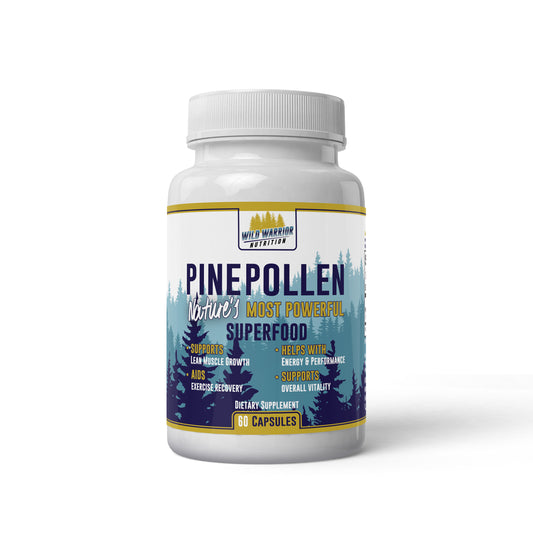There is a big difference between doing pull-ups and doing pull-ups correctly. Today I am going to focus my attention on the latter. In reality, that’s all you ever should concern yourself with anyway. Life is too short to flub around in the gym, doing things half-assed. Sadly, pull-ups are one of those drills that suffer the most abuse. They are classical exercises that deserve respect.
Performing them with grace and ease should be at the forefront of an avid exerciser’s mind. When approached like this, you, my friend, are in for a treat of magnanimous proportions! Are you aware of the benefits to the body that pull-ups can cause? Why don’t we take a quick minute to address them before we get down to the correct form.
Benefits of Pull-ups
The pull-up is the perfect compliment to its cousin, the push-up. We’ve gone down the road of push-ups many times in the Wild Warrior Nutrition archives, so there’s no need for me to throw them into the mix. However, I do encourage you to hit our YouTube channel and make sure to scour through our library for all the amazing videos I’ve made on them.
Fast forward back to pull-ups and we have a host of key benefits they can bring to the body. Here is a list for you to commit to memory and use as motivators the next time you want to integrate these bodyweight gold standards into your routines.
As you are probably aware, compound exercises give you a higher bang for your buck when it comes to building muscle mass. That’s what makes pull-ups so beneficial. Overall, this high amount of muscle recruitment translates to more upper body strength.
A strong core helps you do everything better from shoveling snow to folding laundry to having sex with your mate to balancing your checkbook. Well, maybe not that last one, but you get the idea.
As mentioned above, pull-ups cause a high amount of tension on the rectus abdominis and obliques, which are the central anchor points of the core.
This effect is so great that I’d actually classify pull-ups as ab exercises, as well as upper body exercises. That being said, they can attribute to a rock-solid midsection and more upper core strength.

This creates space in your joint capsules, thus releasing tension that could be built up. The end result is relief from pain and your shoulders get pulled back into a more natural position. That is the secret sauce that improves posture.
And I’m here to tell you that pull-ups can definitely send your heart rate through the roof. This, in turn, can help you burn more fat and improve your cardiovascular fitness. Especially if you do multiple sets with short rest breaks.
Then, over time, you become able to reel off sets of 8 to 12 reps with no problem at all. That gives you a feeling of accomplishment. Secondly, when you do pull-ups over time, you become really fit and create an awesome physique in your upper body. Both of these points help boost your self-confidence.
Pull-up Form
OK, the moment you’ve been waiting for has finally arrived! This is the correct way to do pull-ups.
Reach up grasp the bar with an overhand, shoulder-width or slightly wider grip. Let your body hang straight down with your legs together. Move your legs forward slightly, squeeze your abs as tight as possible and pull your shoulder blades down and inward.
Take a big inhale and keep your body as tight and still as possible while you pull yourself up. Exhale forcefully as you do this and stop once your chin crosses the bar. Slowly lower yourself down as you take a long inhale and repeat.
Make sure to fully extend your arms at the end of each rep and reset your shoulders. That’s a protective mechanism and it prevents swinging and swaying. Both are no-nos with pull-ups.
Tips and Final Thoughts
The best final bit of advice I can give you when it comes to pull-ups is, treat them like fine wine. Never rush through them, do a high amount of sets and focus on low reps with pristine form at all times.
If you get to a point where they do become easy and you can crank out more than 10 reps in a clip, first of all, congratulations because that’s a major feat! Secondly, add some weight to your body at that point and go back to doing low reps and high sets.
The easiest way to do that is by way of a dipping belt. Weave the chain through a kettlebell or weight plate and then strap it on and go. I personally like the use of kettlebells better, but it’s up to you how you proceed.
Now that you know how to do pull-ups correctly, have fun, think positive thoughts and be the example to everyone else who’s watching you.
Until next time,
this is Kevin David Rail signing off.
About the Creator: A Life and Career Dedicated to Healthy Living
Kevin David Rail is a Fitness Nutrition Specialist who’s certified through ACSM, ACE, NASM and AFM. He has a BS in Sport Management/Fitness and Wellness and was featured in the documentary films Fasting and The Motivation Factor for his expertise as a health and fitness professional. Kevin has helped thousands of people change their lives, lose weight, transform their bodies and become more motivated to take action.
He can be found on social media here:
Instagram: fastingfitness_pro
- Facebook: Kevin David Rail
- YouTube: Fasting for Fitness
- LinkedIn: Kevin David Rail
- TikTok: @mibfit
- Twitter: @TrainerRail





